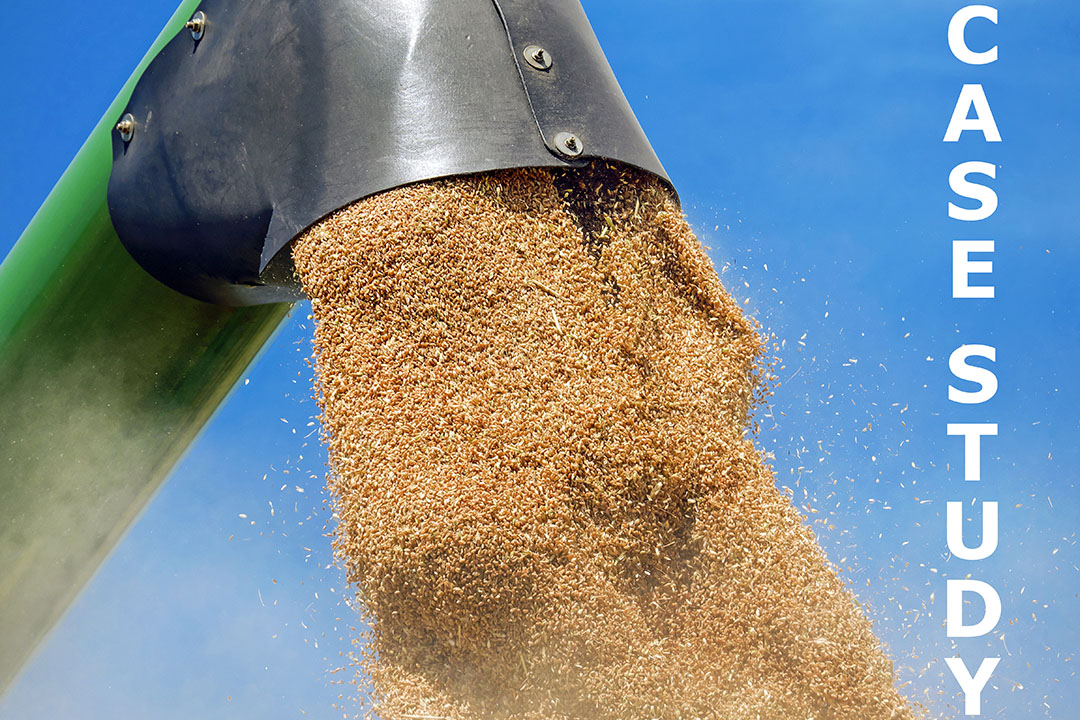Case study: Brazilian corn sector healthy

Post forecast for MY 2019/20 corn production in Brazil is 101 MMT, matching the MY 2018/19 volume. Post raises the MY 2018/19 export estimate to a record-breaking 42.5 MMT, while MY 2019/20 exports are expected to fall to 34 million MMT on expectations of stronger domestic demand, according to the USDA’s GAIN report, as prepared by Katherine Woody.
Post’s forecast for market year (MY) 2019/20 (March 2020 – February 2021) corn production is 101 MMT, matching the MY 2018/19 volume, based on expectations of expanded area paired with a return to normal trend yields. Post also forecasts MY 2019/20 area to rise to 18.1 million hectares, 3.4% larger than the previous season based on strong domestic demand from the poultry and livestock sectors, as well as the growing corn ethanol business.
Brazil’s domestic corn prices have continued to rise after record-high exports in 2019, which is further incentivising producers to plant corn. However, for the MY 2019/20 season producers have experienced adverse weather in the growing season. Brazil’s southernmost state, Rio Grande do Sul, is the country’s largest producer of full-season corn, accounting for around 20% of the first-crop corn harvest. For MY 2019/20, Rio Grande do Sul saw a 5% expansion of corn area, but severe dryness and high temperatures in December affected the crop, severely diminishing yields in some regions of the state. Farmers in the area have reported losses of around 30% from initial estimates.
Overall, Brazil’s national agricultural statistics agency, CONAB, estimates that full-season corn area grew to 4.15 million hectares, 1.1% more than MY 2018/19. CONAB projects MY 2019/20 full-season corn production will reach 26.6 MMT, roughly 1 MMT (3.8%) larger than last season.
Safrinha corn vs soy
Brazil’s second-crop “safrinha” corn is planted after the soy harvest, on the same land. The crop accounts for roughly three-quarters of Brazil’s total corn production. As soy area has expanded, so too has safrinha corn area. However, the success of Brazil’s safrinha corn crop is vulnerable to the pace of the soy harvest.
Record-breaking corn exports (2018/19)
Post raises the MY 2018/19 export estimate to a record-breaking 42.5 MMT, which is 75% higher than the previous season as a result of the exceptional pace of trade in late 2019. The MY 2019/20 export forecast remains unchanged at 34 million MMT, based on expectations of stronger domestic demand in the coming MY, as well as severely depleted carry over from MY 2018/19. Increased domestic consumption in MY 2019/20 will come from expanding poultry and livestock sectors, and growth in corn ethanol production.
Abundant supplies of safrinha corn, coupled with the weakened Brazilian real and weather problems for the US crop, kept Brazilian corn very competitive on the international market throughout MY 2018/19. Because the real has lost value against the dollar, Brazilian producers are willing to sell corn supplies more cheaply on the international market, while still retaining a decent profit and pushing Brazil to a record 43.3 MMT of corn exported in calendar year 2019. That volume smashed the previous record set in calendar year 2017 with 29.3 MMT.
Also read: Brazil harvests 241 million tonnes of grains
Poultry and pork sectors push corn consumption up
Post forecasts Brazil’s domestic consumption for MY 2019/20 at 68 MMT, 2% higher year-over-year. This is based on a combination of factors, including rapid growth in Brazil’s poultry and pork sectors and expanding corn ethanol production. Brazil’s large poultry and pork sectors generally consume a great portion of the corn crop each year. Corn makes up about 60% of feed rations for poultry and swine in Brazil. Calendar year 2019 showed a large increase in poultry and pork exports from Brazil, mainly to China, where the hog herd has suffered severely from an outbreak of African Swine Fever. This has sent Chinese importers in search of animal protein imports, and Brazil’s large industry was able to expand to meet that demand last year.
Brazil’s poultry and pork production are both expected to continue expanding in 2020. The USDA forecasts Brazil’s chicken meat production will grow by roughly 2% in 2020, while pork production is expected to increase by 4.5%. The Brazilian pork industry consumes about half as much feed rations as the poultry sector, but the rapid growth is still significant.











